Introduction
Duck blood, a popular ingredient in various culinary traditions, particularly in Asian cuisines, offers a unique flavor and texture that enhances the taste of numerous dishes. From hot pots and stir-fries to soups and stews, duck blood is a versatile ingredient that can elevate the dining experience. However, like any perishable food item, the preservation of duck blood is crucial to ensure its safety and quality. This comprehensive guide delves into the various aspects of duck blood preservation, focusing on the duration for which it can be safely stored under different conditions. By understanding these factors, consumers and chefs alike can ensure that they handle and store duck blood properly, maximizing its shelf life and preserving its nutritional and sensory properties.
Understanding Duck Blood: Composition and Properties
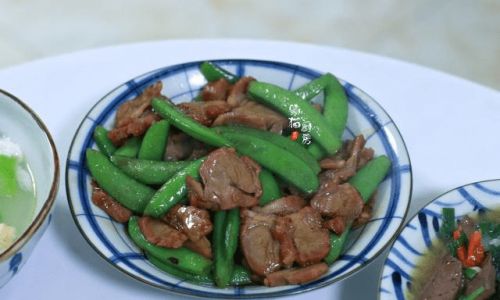
Before discussing the preservation of duck blood, it is essential to understand its composition and properties. Duck blood, similar to other animal bloods, is composed primarily of water (approximately 90-92%), proteins (6-8%), and a smaller percentage of minerals, vitamins, and other solutes. The protein fraction includes albumin, globulin, and fibrinogen, which contribute to the blood’s viscosity and coagulation properties.
Duck blood’s high water content makes it highly susceptible to microbial growth and spoilage, necessitating careful handling and storage to prevent contamination and extend its shelf life. Additionally, duck blood’s coagulation properties must be managed during preservation to maintain its desired texture for culinary use.
Factors Influencing Duck Blood Preservation Duration
Several factors determine the duration for which duck blood can be safely preserved. These include storage temperature, packaging materials, initial microbial load, and the presence of preservatives or additives.
Storage Temperature
Temperature is the most critical factor influencing the preservation of duck blood. Cold temperatures slow down microbial growth and biochemical reactions, thereby extending the shelf life of perishable foods.
-
Refrigeration (4°C or Below): Storing duck blood at refrigerator temperatures significantly prolongs its shelf life. Under optimal conditions, duck blood can be preserved for up to 3-5 days in a refrigerator. However, it is crucial to ensure that the duck blood is properly sealed to prevent contamination from other food items and to maintain a constant temperature.

-
Freezing (-18°C or Below): For longer-term preservation, duck blood can be frozen. Freezing effectively halts microbial growth and biochemical reactions, allowing duck blood to be stored for several months, typically up to 3-6 months. However, freezing and thawing processes can affect the texture and quality of duck blood, making it less suitable for certain culinary applications.
Packaging Materials
The type of packaging material used for storing duck blood also plays a significant role in its preservation duration. Proper packaging should provide a barrier against oxygen, moisture loss, and microbial contamination.
-
Vacuum Packaging: Vacuum packaging removes oxygen from the packaging environment, creating an anaerobic condition that inhibits the growth of aerobic microorganisms. This method can extend the shelf life of duck blood by reducing the rate of spoilage.
-
Modified Atmosphere Packaging (MAP): MAP involves replacing the air in the packaging with a controlled atmosphere, typically a mixture of nitrogen, carbon dioxide, and oxygen, to create an environment that is unfavorable for microbial growth. This method can further extend the shelf life of duck blood compared to vacuum packaging.
-
Airtight Containers: If vacuum packaging or MAP is not feasible, airtight containers can be used to minimize oxygen exposure and prevent contamination. However, the shelf life of duck blood stored in airtight containers will be shorter than that of vacuum-packed or MAP-packaged duck blood.
Initial Microbial Load

The initial microbial load of duck blood at the time of harvest and processing significantly impacts its preservation duration. High microbial loads can lead to rapid spoilage, reducing the shelf life of duck blood.
-
Hygiene Practices: To minimize the initial microbial load, strict hygiene practices should be followed during the harvesting, processing, and handling of duck blood. This includes using clean equipment, sanitizing surfaces, and ensuring that personnel adhere to food safety protocols.
-
Pasteurization: Pasteurization is a process that involves heating duck blood to a specific temperature for a brief period to kill or reduce the number of microorganisms present. Pasteurized duck blood has a longer shelf life than non-pasteurized duck blood, as the microbial load is significantly reduced.
Presence of Preservatives or Additives
The addition of preservatives or additives can further extend the shelf life of duck blood by inhibiting microbial growth and biochemical reactions.
-
Natural Preservatives: Natural preservatives such as vinegar, salt, and citrus juices can be used to extend the shelf life of duck blood. However, their effectiveness may vary, and their use may affect the taste and texture of the final product.
-
Synthetic Preservatives: Synthetic preservatives like sodium benzoate and potassium sorbate are more effective at inhibiting microbial growth but may have negative health implications when used in excess. Their use should be carefully regulated to comply with food safety regulations.
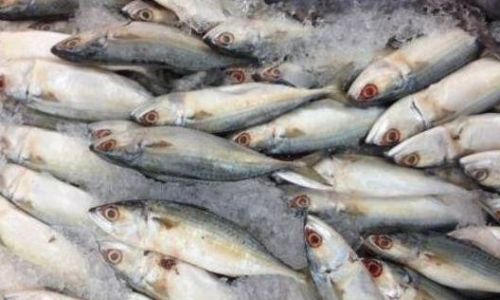
Monitoring and Quality Assurance
To ensure the safety and quality of preserved duck blood, regular monitoring and quality assurance practices are essential. This includes visual inspections for signs of spoilage, such as discoloration, off-odors, and changes in texture, as well as microbiological testing to assess the microbial load.
Visual Inspection
Regular visual inspections of stored duck blood can provide early indications of spoilage. Changes in color, the presence of mold or slime, and off-odors are all signs that the duck blood may no longer be safe for consumption.
Microbiological Testing
Microbiological testing involves sampling duck blood at regular intervals and analyzing it for the presence of microorganisms. This testing can provide valuable information about the effectiveness of preservation methods and identify potential contamination sources.
Temperature Monitoring
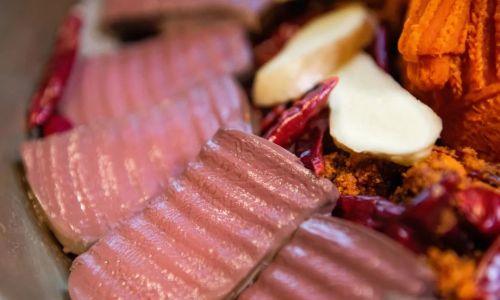
Temperature monitoring is crucial for maintaining the cold chain during storage and transportation. Temperature loggers can be used to continuously monitor and record temperatures, ensuring that duck blood is stored within the recommended range.
Conclusion
The preservation of duck blood is a multifaceted process that involves careful consideration of storage temperature, packaging materials, initial microbial load, and the use of preservatives or additives. By understanding and managing these factors, consumers and chefs can extend the shelf life of duck blood while maintaining its nutritional and sensory properties. Regular monitoring and quality assurance practices are essential to ensure the safety and quality of preserved duck blood.
In summary, duck blood can be safely preserved for up to 3-5 days in a refrigerator and for several months when frozen, depending on the specific conditions and preservation methods used. By adhering to best practices for handling, storage, and monitoring, duck blood can be enjoyed in its optimal state, enhancing the culinary experience and contributing to the diversity of global food cultures.
As food safety and quality become increasingly important in the global food industry, ongoing research and innovation in duck blood preservation techniques will continue to drive advancements in this area. By staying informed and adopting best practices, chefs and consumers can ensure that duck blood remains a safe, high-quality, and enjoyable ingredient in a wide range of culinary applications.
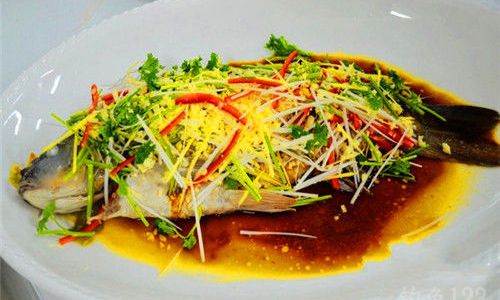
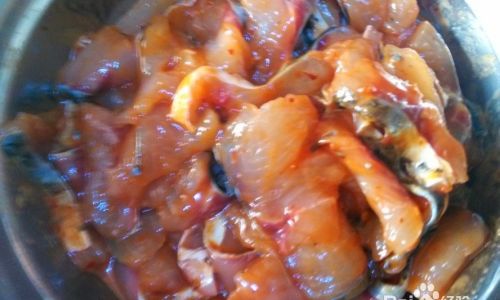

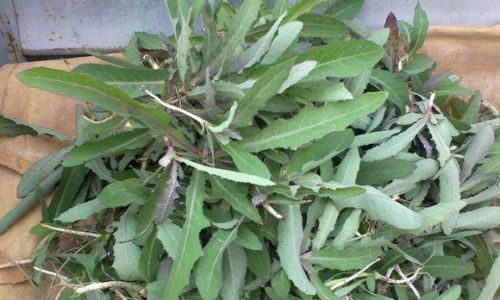
0 comments